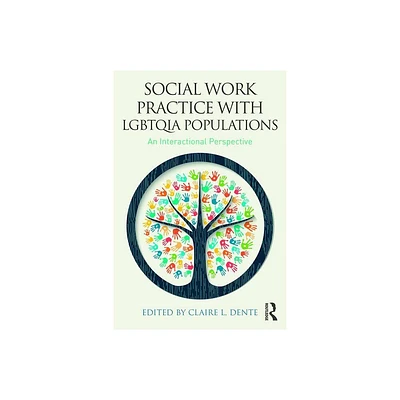Home
LGBTQIA+ Inclusive Children's Librarianship: Policies, Programs, and Practices
Loading Inventory...
Barnes and Noble
LGBTQIA+ Inclusive Children's Librarianship: Policies, Programs, and Practices
Current price: $50.00


Barnes and Noble
LGBTQIA+ Inclusive Children's Librarianship: Policies, Programs, and Practices
Current price: $50.00
Loading Inventory...
Size: Paperback
*Product Information may vary - to confirm product availability, pricing, and additional information please contact Barnes and Noble
This book breaks new ground, offering school and public librarians serving children in grades K–8 a roadmap for implementing and upholding queer-inclusive programs, policies, and services.
School and public librarians are serving ever greater numbers of LGBTQIA+ children and families. Transgender children may begin to express a strong sense of gender identity as early as 2–3 years of age. Children are also identifying as gay much sooner than earlier generations-often between the ages of 7 and 12. Additionally, more children than ever before are living with LGBTQIA+ caregivers.
In seeking to make our programs and services inclusive and equitable for these growing populations, librarians may court controversy and face community backlash from patrons who feel queer-inclusive content is inappropriate for young children. This book codifies a set of best practices for librarians as they rise to this challenge, defining queer-inclusive programs, identifying potential barriers to implementation, and offering strategies and resources to overcome them.
Resources for Additional Support
School and public librarians are serving ever greater numbers of LGBTQIA+ children and families. Transgender children may begin to express a strong sense of gender identity as early as 2–3 years of age. Children are also identifying as gay much sooner than earlier generations-often between the ages of 7 and 12. Additionally, more children than ever before are living with LGBTQIA+ caregivers.
In seeking to make our programs and services inclusive and equitable for these growing populations, librarians may court controversy and face community backlash from patrons who feel queer-inclusive content is inappropriate for young children. This book codifies a set of best practices for librarians as they rise to this challenge, defining queer-inclusive programs, identifying potential barriers to implementation, and offering strategies and resources to overcome them.
Resources for Additional Support


















